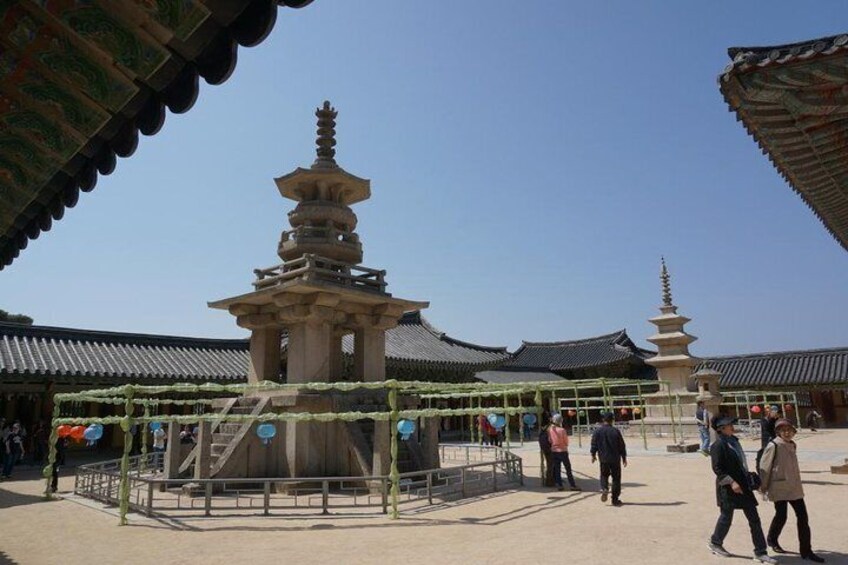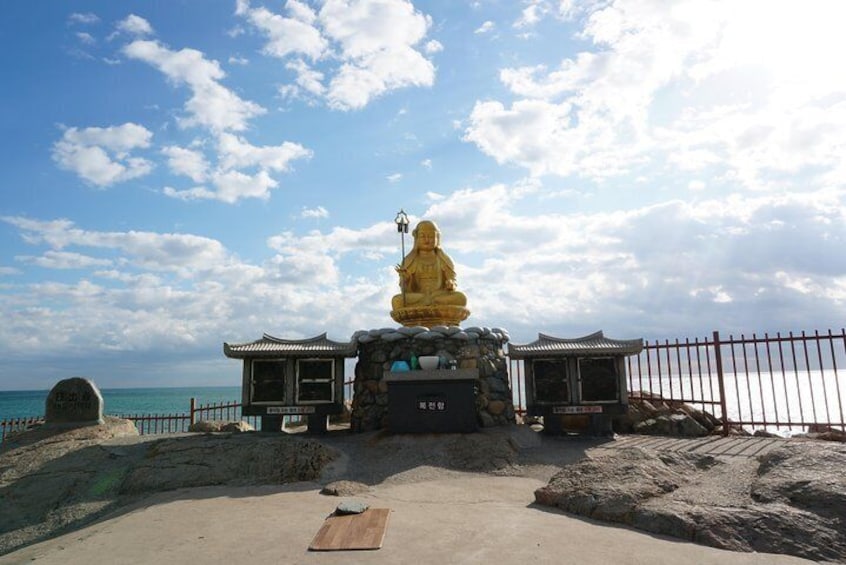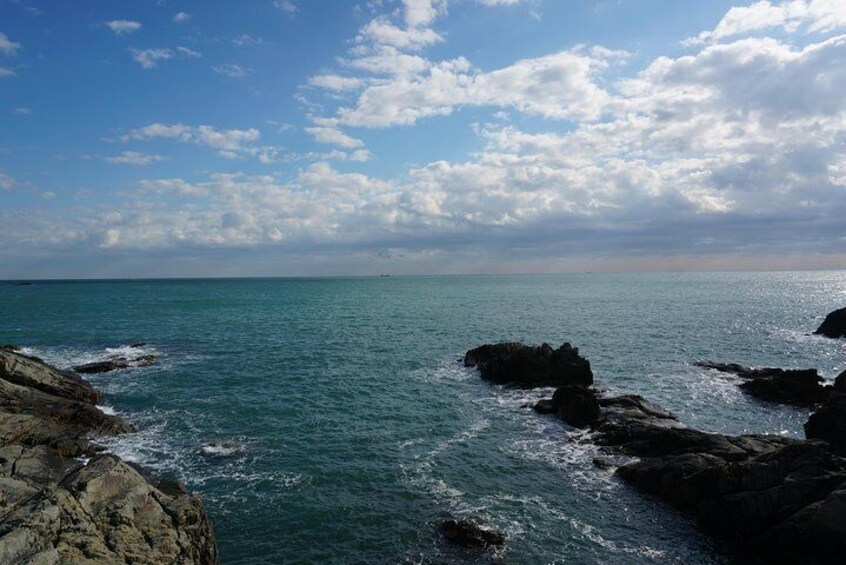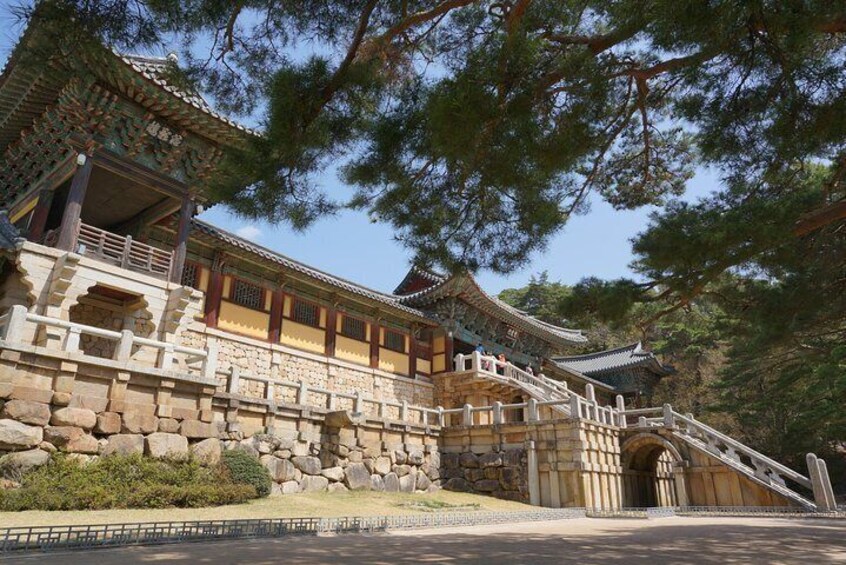Members save 10% or more on over 100,000 hotels worldwide when you’re signed in





3-Days 2-Nights Gyeongju UNESCO Sites & Busan City [Private Tour from Seoul]
4.7/5
4.7 out of 5Features
- Free cancellation available
- 3d
- Mobile voucher
- Instant confirmation
- Selective hotel pickup
Overview
This tour is a private tour that reduces the cost per person as the number of participants increases. It is a very rewarding tour schedule that allows you to travel between Gyeongju, the capital of the old dynasty of Silla which unified 3 kingdom to one, and Busan, the second largest city in Korea.
● This tour was designed for tourists who visit Korea for the first time or who visit more than once in Korea and want to see other than Seoul.
● Our journey starts with Korea travel specialist who has full of knowledge about Korean History, Politics, Religions and Nature So Our tourist can listen a lot of storey while moving.
● Tour start from Seoul or Incheon Airport, and drive down to southeast about 4 hours and then will reach in the millennium city called Gyeongju city and move to Busan city which is the second largest and biggest port city of Korea with full of joy and variety seafood.
※ Tour Itinerary is subject to change by customers request.
Activity location
- Gyeongju National Museum
- 186 Iljeong-ro,
- 38171, Gyeongju, Gyeongsangbuk-do, South Korea
Meeting/Redemption Point
- Gyeongju National Museum
- 186 Iljeong-ro,
- 38171, Gyeongju, Gyeongsangbuk-do, South Korea
Check availability
3-Days 2-Nights Gyeongju UNESCO Sites & Busan City Private Tour from Seoul
- 3d
- English
Pickup included
3-Days 2-Nights Gyeongju UNESCO Sites & Busan City Private Tour from Seoul
- 3d
- English
Pickup included
What's included, what's not
- Private transport
- Private Driving guide
- Air-conditioned vehicle
- Hotel pick-up and sending
- All Fees and Taxes
- 2-nights accommodation
- Personal Food(Lunch & Dinner) and Drink
Know before you book
- Infants and small children can ride in a pram or stroller
- Service animals allowed
- Public transport options are available nearby
- Suitable for all physical fitness levels
- Children must be accompanied by an adult
Activity itinerary
Day 1: Heading to Gyeongju city: Gyeongju National Museum→ Anapji Pond→ Tumuli Park(Daereungwon)→ Cheomseongdae Observatory
- 4 stops
- Meals: Not included
- Accommodation: Overnight in Gyeongju city, 3-star Hotel or above
Gyeongju National Museum
- 1h 30m
- Admission ticket included
Donggung Palace and Wolji Pond
- 40m
- Admission ticket included
Cheonmachong Tomb
- 1h 30m
- Admission ticket included
Cheomseongdae Observatory
- 30m
- Admission ticket included
Day 2: Seokguram Grotto→ Bulguksa Temple→ Heading to Busan city: Yongdusan Park→ BIFF Square→ Jagalchi Market→ Oryukdo SkyWalk
- 6 stops
- Meals: breakfast
- Accommodation: Overnight in Busan City, 3-star Hotel or above
Seokguram
- 1h
- Admission ticket included
Bulguksa Temple
- 1h 30m
- Admission ticket included
Yongdusan Park
- 40m
BIFF Square
- 1h
Jagalchi Market
- 1h
Oryukdo Skywalk
- 1h
Day 3: Haedong Yonggungsa Temple→ Haeundae Beach & APEC house→ Gamcheon Villiage, Heading back to Seoul and near Seoul
- 4 stops
- Meals: breakfast
- Accommodation: Not included
Haedong Yonggungsa
- 1h
- Admission ticket included
APEC Naru Park
- 40m
Haeundae Beach
- 40m
Busan Gamcheon Culture Village
- 50m
Location
Activity location
- Gyeongju National Museum
- 186 Iljeong-ro,
- 38171, Gyeongju, Gyeongsangbuk-do, South Korea
Meeting/Redemption Point
- Gyeongju National Museum
- 186 Iljeong-ro,
- 38171, Gyeongju, Gyeongsangbuk-do, South Korea